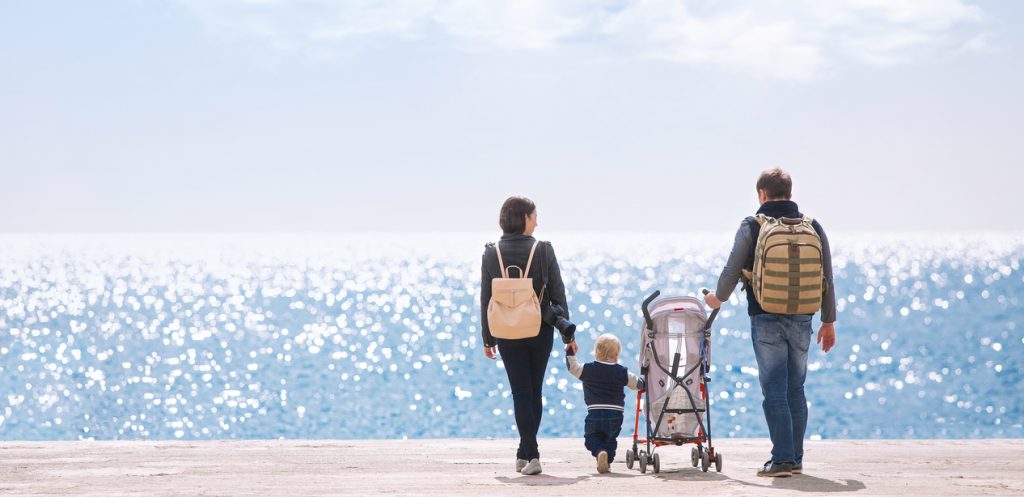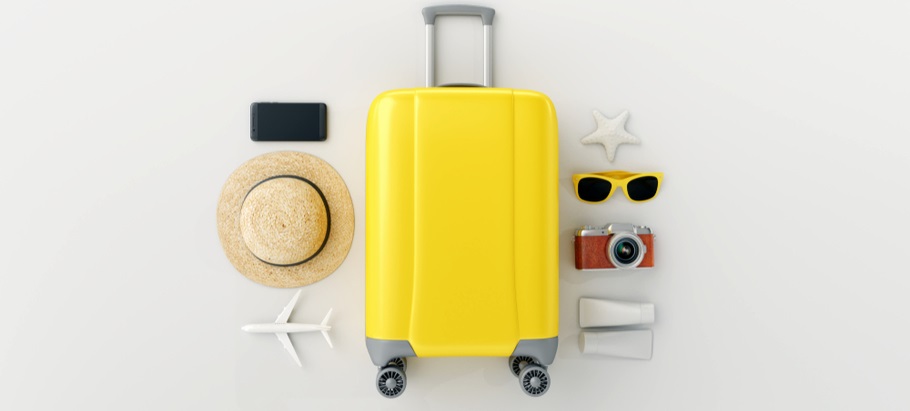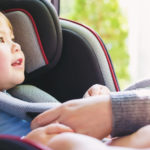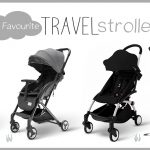Buying a travel system can be a minefield of safety guidelines, features and configurations. We’ve put together a cheat sheet, so you can feel confident that all your bases are covered. Here is everything you need to know when buying a travel system.
What is a travel system?
A travel system is a buggy which is compatible with a car seat from birth. This means you can easily transfer your child from the buggy to a car and vice versa without the hassle of taking them out of the car seat (and potentially waking them up). Many travel systems come with additional components such as a carrycot, which you can also attach to the chassis (travel systems with carrycots are known as 3-in-1).
Do you need a travel system?
Travel systems can be bulky and expensive, so it’s worth checking whether you actually need one. If you use the car a lot, a travel system will save you time and energy every time you get your child in or out of the car. Travel systems are also good for newborns, as their lie-flat carry cot attachments can be removed without having to wake your baby.
However, if you don’t use the car often, or if you’ll be frequently dragging your buggy up flights of stairs, there are many pushchairs which are lighter and less expensive. You can read about these options in our Lightweight Strollers review. If weight and bulk are a concern, you may prefer to go with one of these.
And if you still can’t decide? There are a number of lightweight strollers, such as the Babyzen YOYO+, our Best Lightweight Stroller for Luxury, which can be used as a travel system if required. The best of both worlds, and usually at a lower price than a standard travel system.
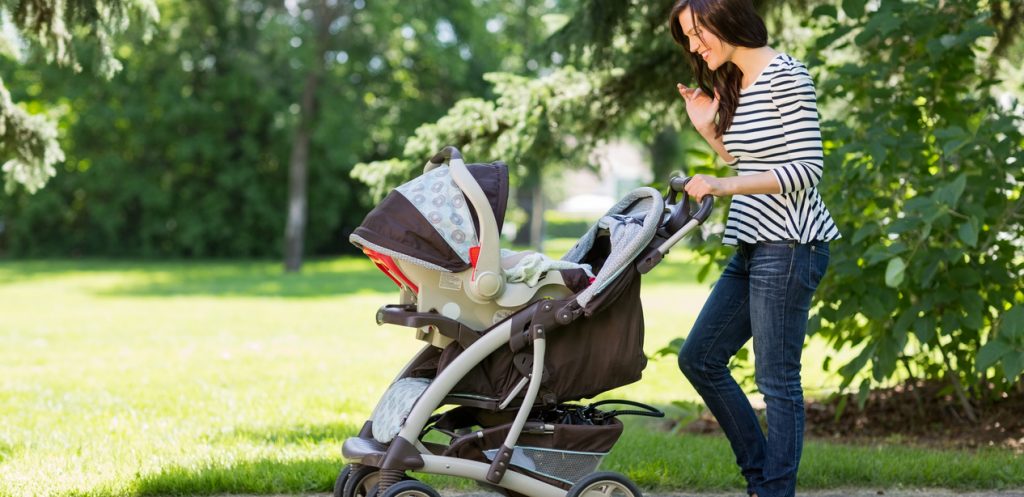
What’s included?
So you’ve decided to buy a travel system. Congratulations! The world of travel systems can be confusing, you should first work out what you need to suit your lifestyle.. Many travel systems will be compatible with a car seat, a carrycot, and a standard pushchair; others may have fewer options, or come with caveats such as a seat which is world-facing only. So let’s break it down.
1| The Car Seat
With most travel systems, you can either buy the car seat along with the system, or buy one separately. Buying them together means they’ll fit together easily, and it will probably end up being cheaper as many manufacturers offer bundle deals. However, buying them separately means you have more choice and flexibility. Just make sure the two are compatible before you spend any money.
If you do opt to buy a separate car seat – or if you’ve already bought one – you’ll need to ensure it’s compatible with the travel system you purchase. Double check online or ask in store as you may be limited to those that work with your car seat. Keep in mind you’ll also likely have to buy car seat adaptors as an add-on to attach your car seat to your travel system, which could add £50 onto your budget.
You could also have a look at how the car seat attaches to the chassis. Most travel systems will require you to remove the ordinary seat before clicking the car seat into place, but some allow you to attach the car seat straight on over the normal seat. This could save time and faff, but on the other hand the buggy will be heavier (and may not look as good).
Questions to ask when buying a car seat:
- – Will this seat be compatible with your travel system?
- – Does it adhere to all UK safety standards?
- – How easy is it to attach and detach?

2| The Carrycot
Many travel systems come with a carrycot which clicks into place in the same way as the car seat. If you’re buying a travel system with a carrycot, check that it’s comfortable enough for your little one and that there is no way they could fall out. Most carrycots don’t have straps or a harness as they’re intended for babies who can’t sit up by themselves (newborn to six months). To make sure they’re snug and secure, you may wish to tuck them in with a blanket.
Some carrycots are suitable for overnight sleeping. If this is the case, buying a travel system with a carrycot could also save you money on a newborn bed. Even if you don’t use this feature at home, being able to use the carrycot overnight can be handy while travelling, or when staying with grandparents.
Questions to ask when buying a carrycot:
- – How easy is it to attach, detach and lift?
- – Is your baby comfortable and secure?
- – Can you use the carrycot as a newborn crib replacement?

3| The Seat
The seat is the component you’ll be using most, and for the longest amount of time, so it’s important that you’re happy with it.
Most seats have some sort of recline, but not all of them recline flat. If you’re not opting for the carrycot, this could be an issue, as your child won’t be able to sit in it until they can sit up unaided (usually around five or six months old). However, if you do have a carrycot, you may not need this feature.
Like the carrycot, the seat will need to be comfortable and big enough for your child, so be sure to check they’ll have room to grow. It’s also important that your child is secure in the seat; a five-point harness is the safest way to travel (the harness secures to the seat over the shoulders, round the waist and through the legs). We’d recommend having a practice with the harness in store so you can iron out any kinks. Things to avoid could include being fiddly to do up, being uncomfortable or rubbing against your child, or having long straps which can easily be chewed on.
Questions to ask:
- – Is it comfortable, safe and secure?
- – What’s the recline like? Do you need a flat recline?
- – Is it parent or world facing? Can you change this?
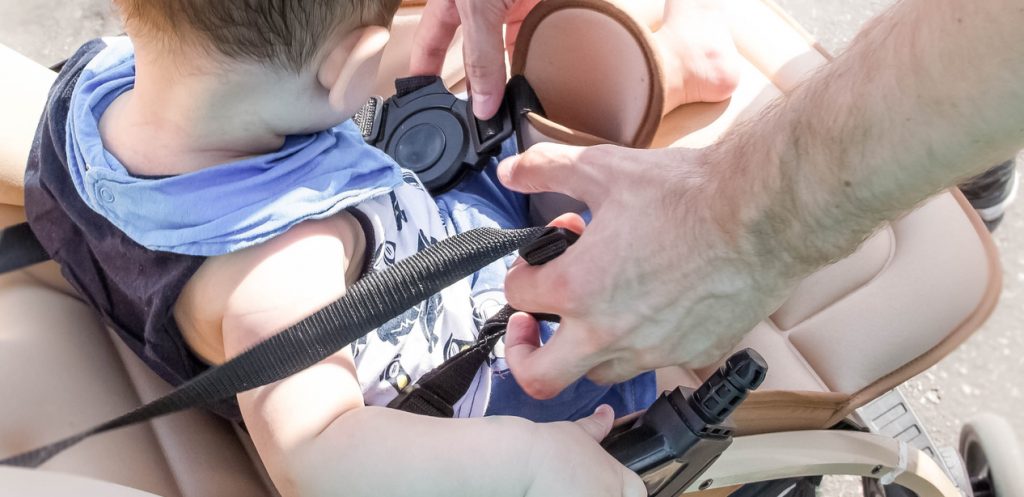
Final checklist
- – How easy is it to fold down? Will it fit in the boot? Can you carry it folded?
- – Is the storage basket big enough for all your things?
- – What are the wheels like? Do you need bigger wheels for all-terrain, or will you be using the buggy mainly in the city? Is there the option to switch, should you need to?
- – Do you want one with three wheels or four? Three wheeled travel systems are better over rough terrain, but can be more bulky to fold, and often reduce basket space.
- – Is the brake easy to operate?
- – Do you need it to have an adjustable handlebar height?
- – Do you need any extras, such as a sun canopy, rain cover or even a coffee holder?
- – Is it futureproof, ie. what will happen if you have another baby? Can it be turned into a double buggy? Can you attach a buggy board to the back?

How much do travel systems cost?
Prices range from as little as £250 to well over £1000. The difference in quality will depend on the brand, and on what you’re after. For many people, a cheaper system will be perfectly adequate. More expensive options often come with extras, a sleeker finish and more customisable features, though you can generally find some great deals if you shop around.
You can also think about selling your travel system once your child has grown out of it. You can usually expect to get back at least half of its original price (depending on the model), although it’s worth mentioning that many parents won’t want a second hand car seat due to safety risks.
So, which travel system is right for you? Look at our Best Travel Systems index to help you decide.


